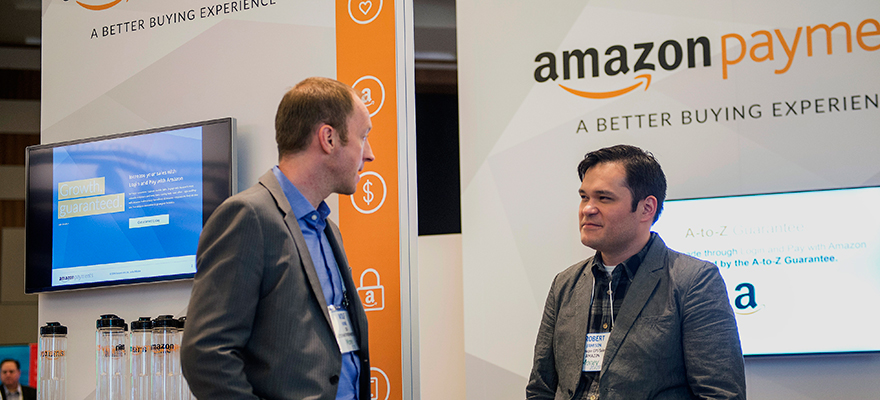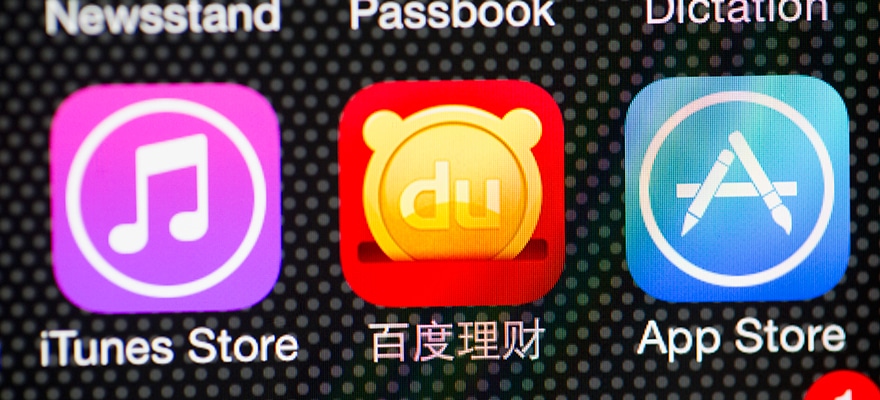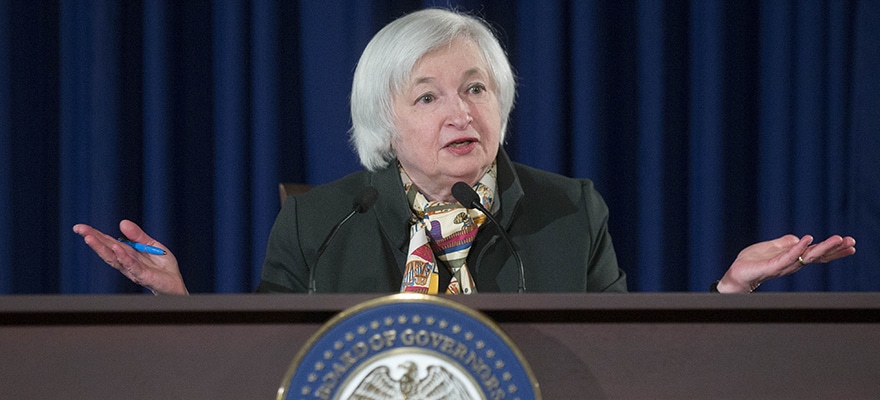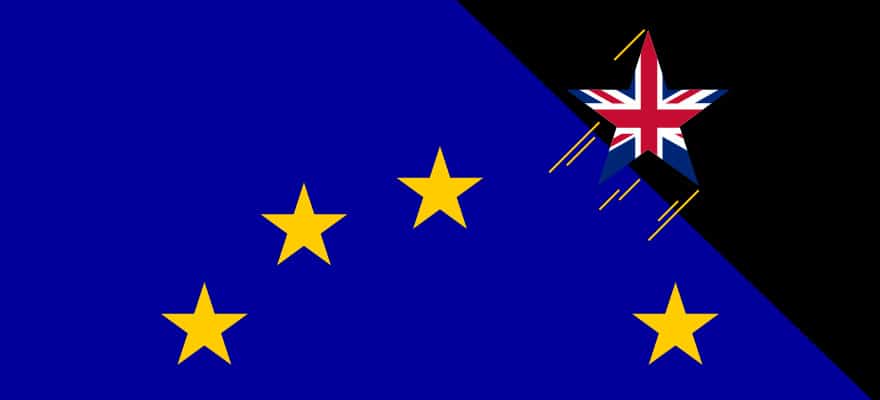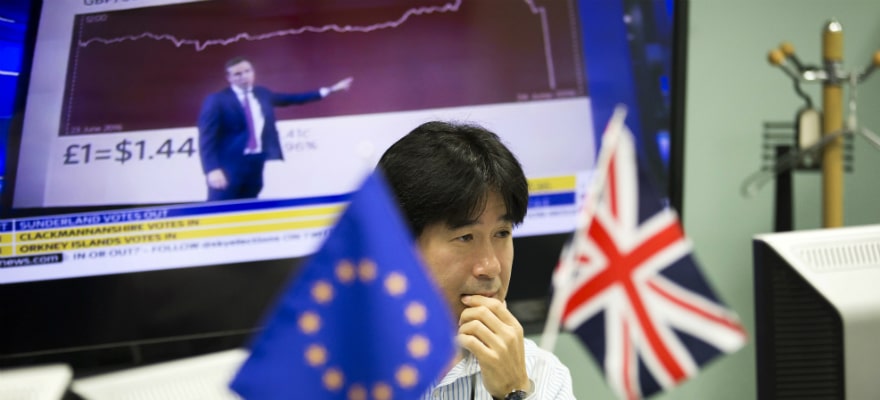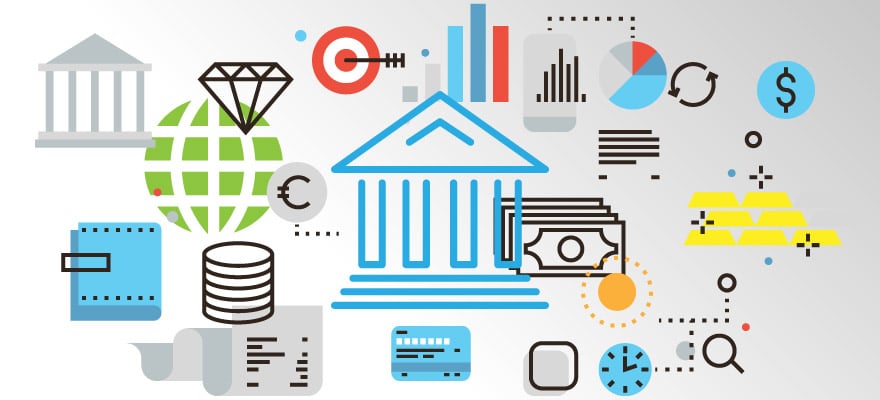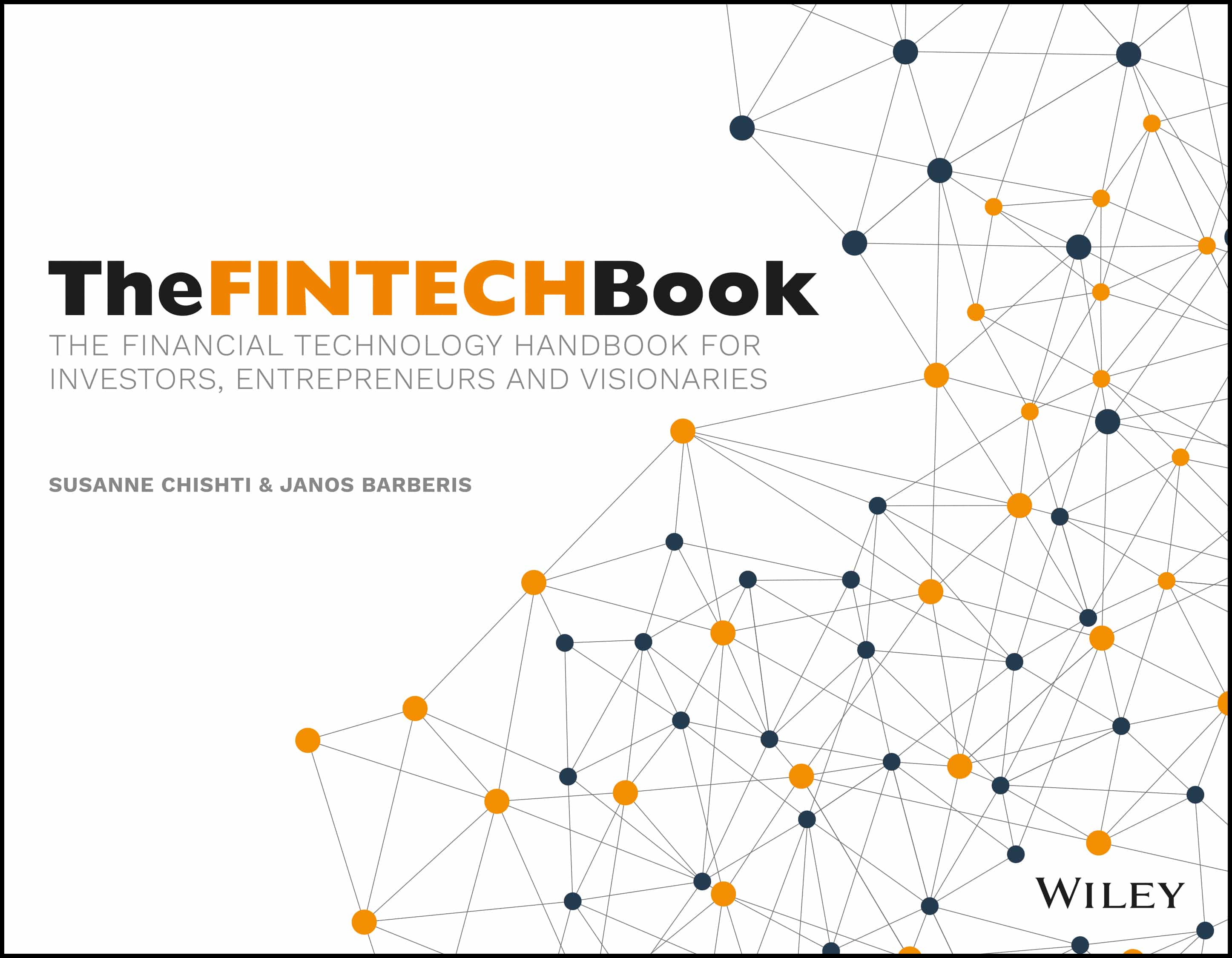This article is written by one of our evergrowing community of bloggers. If you want to become a part of our vibrant bloggers’ community, please hit the “Apply” button on the left side.
This article was written by David Gyori. He is a FinTech writer, speaker, researcher, consultant and trainer. He is the founder and CEO of Banking Reports, and the co-author of ‘The FinTech Book’ (to be published by Wiley & Sons in February 2016). He is also a member of the Panel of Judges of the European FinTech Awards.
#1: ApplePay
We expect ApplePay to enter new markets besides the current ones (USA and UK). Apple’s Liquidity -position and the economy of scale associated with Payments both justify the expectations of ApplePay being launched in new markets. Apple is facing growing competitive pressure in the US market from new entrants like WalmartPay and a potentially strengthening Samsung/Android payment solution. Microsoft is behind, but with Nokia’s genes integrated Apple has to be alert.
#2: PayPal
We think that PayPal will be a primary acquisition target in the 2nd half of 2016. PayPal went public on the 18th of July, 2015. There is a tax disadvantage in the United States in case a company is acquired within one year of its IPO. We think that as soon as the tax disadvantage expires PayPal becomes a prime target for investors with cash on hand. PayPal is the only de-facto global real time payment infrastructure and wallet (besides Bitcoin). PayPal supports 26 denominations and offers its services in 203 countries to 200 million existing and billions of potential clients.
#3: The “GAFA” Bank
Photo: Bloomberg
The “GAFA” Bank is a concept long circulating among FinTech experts. This is the acronym for Google Apple FaceBook Amazon. According to “the GAFA Bank concept” one of these US tech-giants will sooner or later seriously invest in financial services. The concept predicts the rise of a new, global, major bank started up by one of these iconic tech-players. We think that 2016 might be the year when we start to hear about some serious planning related to this project. While incumbent banks are still trying to figure out FinTech (e.g. HSBC set up a 200 million USD global dedicated FinTech venture fund) it is likely that some tech players will sneak into the vacuum.
#4: Superwallets
(Photo:Bloomberg)
Superwallets are on the rise. A Superwallet is an online banking surface directly linked to an online shopping surface. Superwallets let online banking users do their web-shopping directly through their bank account without using cards. Since consumers are logged in through their online bank they can really enjoy the ‘one-click purchase’ experience. This idea may raise security concerns but consumers embrace it with remarkable enthusiasm and it is something that attracts consumer segments beyond just millennials.
#5: Robot and Advisor
(Photo:Bloomberg)
We hear a lot about ‘roboadvisors’ taking away jobs from human bankers. Contrary to the popular belief, we don't think that robots will take jobs away from humans, but rather augment them. This is the ‘robot and advisor’ concept instead of the ‘roboadvisor’ one. We believe that the first segments penetrated by the ‘robot and advisor’ concept will be premium and private banking as well as wealth-management.
#6: Asian FinTech Coming
The UK and the USA will clearly remain firm global leaders in FinTech in 2016. But besides these leaders, 6 out of the 10 geographic regions we identify as potential winners for 2016 are in Asia (and Australia). These are: China, Hong Kong, Singapore, South Korea, Japan and Australia. Outside these locations we see significantly strengthening positions on the global FinTech map for Africa, Israel, Luxembourg and the CEE region.
#7: Regulators Waking Up
Peer to Peer Lending and Crowdfunding have been the true favorites of the FinTech world. We think that in 2016 they may start to become the “favorites” of regulators as well. There is clearly a so-called “regulatory arbitrage” meaning that incumbent financial services providers are regulated in a much heavier manner than the new, more nimble FinTech companies. This is partially justifiable by difference in size, but there is an opportunity to be less regulated by simply positioning a company as a FinTech (instead of a traditional financial services provider) and this “regulatory arbitrage” will probably have to be dissolved.
#8: Rising Interest Rates = Rising Challenges in FinTech
Janet Yellen (Photo:Bloomberg)
After a 7-year near-zero interest-rate environment, Janet Yellen and the Fed have made their minds up and pulled the trigger to start a rate-hike-cycle. This will – we think – significantly restructure the FinServ vs FinTech power-game. Traditional financial services providers are widely known for suffering a significant decline of profits in low nominal interest-rate environments. For FinTech companies however, one of the supporting engines was the fact that clients felt that banks are of no use when they charge for “everything” but pay virtually 0 interest. This situation is due to change. We think this will be a period of volatility, transition and selection within the FinTech world.
#9: Bitcoin Dreams Remain Unfulfilled
Bitcoin was publicly introduced in January 2009. It is heading towards its 7th birthday and the growth of the total value of Bitcoin transactions is basically stagnating. Its volatility, its awkward exchange rate and the often negative stories surrounding it are barriers to wide acceptance. We think that a large-corporate-backed digital currency fully hedged by traditional assets has a better chance to succeed. Never forget: when asked what they regret about exiting and selling the company to eBay, the PayPal founders tend to bring up the fact that they were considering the introduction of a digital currency. As opposed to Bitcoin as a currency, we are convinced that the distributed ledger concept will survive and become accepted within certain areas of finance.
#10: Slowing CAGR of Investments
Total global FinTech investment growth has been hitting the 100 percent mark in 2015. Numbers are uncertain, but Banking Reports estimates that USD 19.7 billion of new money flowed into FinTech this year. This marks an almost exactly 100 percent CAGR (Compound Annual Growth Rate) of investments compared to 2014 when total new inflow was USD 10 billion. We think that this exponential growth will slow down and probably shift to a quasi-linear path. This means that our initial forecast for new investments going into FinTech in 2016 is between USD 25 billion and USD 30 billion.


